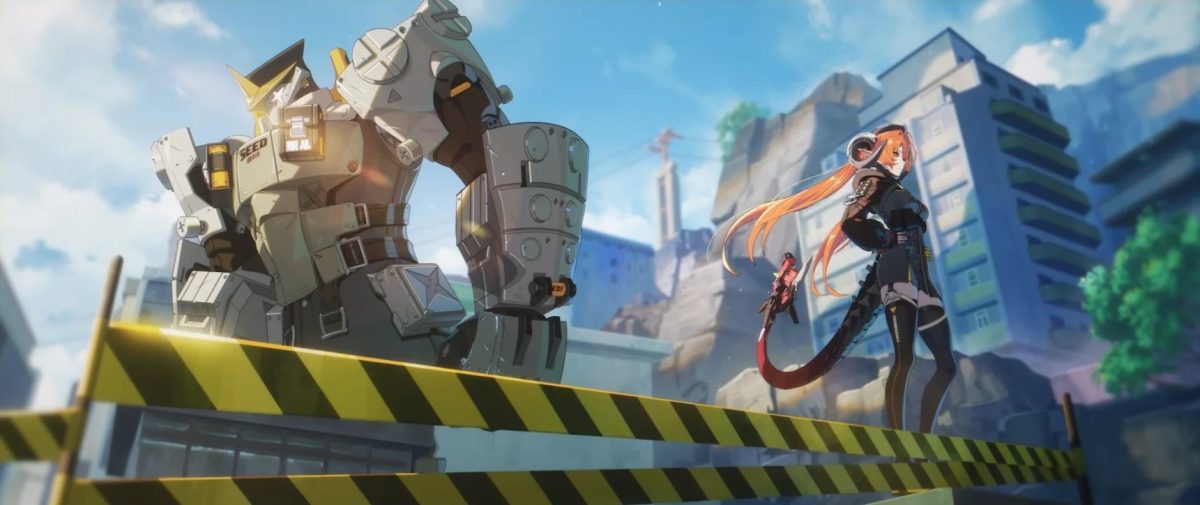Many of us grew up watching cartoons evolve without even knowing or noticing. From the hand-drawn classic cartoons to the vibrant world of 3D animation, cartoons have come a long way from their beginning as simple hand-drawn sketches. Cartoons are used to entertain, educate and provide laughter with a unique view. Early on, they were a way to express political views and opinions about different subjects. This can be traced back to the 18th and 19th centuries when political cartoons first appeared. These cartoons were black-and-white drawings in newspapers, created to mock or sponsor political figures, norms, news and current events. However, they made a very sharp social change and became beloved animated characters.
The biggest breakthrough regarding cartoons happened in the early 1900s due to growing animation technology and development of cartoon animation techniques, including stop-motion puppets and drawn or painted animation. One new character of the time was Mickey Mouse, who soon became an icon of the Walt Disney Company, paving the way for this new era of animation. Quickly, more animation studios rose to fame such as Warner Bros, Paramount and Universal Studios. The Golden Age of Cartoons (1928-1960s) was when cartoons saw rapid growth in creativity, innovation and popularity. Animations were widely regarded as short, humorous and brilliant.
As cartoons were slowly transferred to television and brought into people’s living rooms, a new era of content was created. By the late 20th century, cartoons began targeting broader audiences and new types of cartoons were made with different approaches. During the early 2000s, channels like Cartoon Network, Nickelodeon and Disney Channel were aired at different times of day and were often the highlight of children’s day.
“I think they are very nostalgic, watching SpongeBob shaped me to be the woman I am today,” FHS sophomore Noga Bronstein said.
CGI (Computer Generated Imagery) and visual effects quickly became widespread tools with different studios using them to produce hits like “Shrek” and “Despicable Me.”
Streaming platforms further opened access to animation, giving more diversity and experimental content. This easy access to cartoons allowed for a more global audience and a rapid extension of animation. In recent years there’s been a rising trend of 3D cartoons with CGI, allowing for greater detail, storytelling and character design.
As cartoons continue to evolve — as they did from simple sketches to global phenomena — they push new boundaries of creativity. From hand-drawn sketches to 3D animations, they entertain, educate and inspire, proving that imagination has no limits and their impact will endure for generations.





















